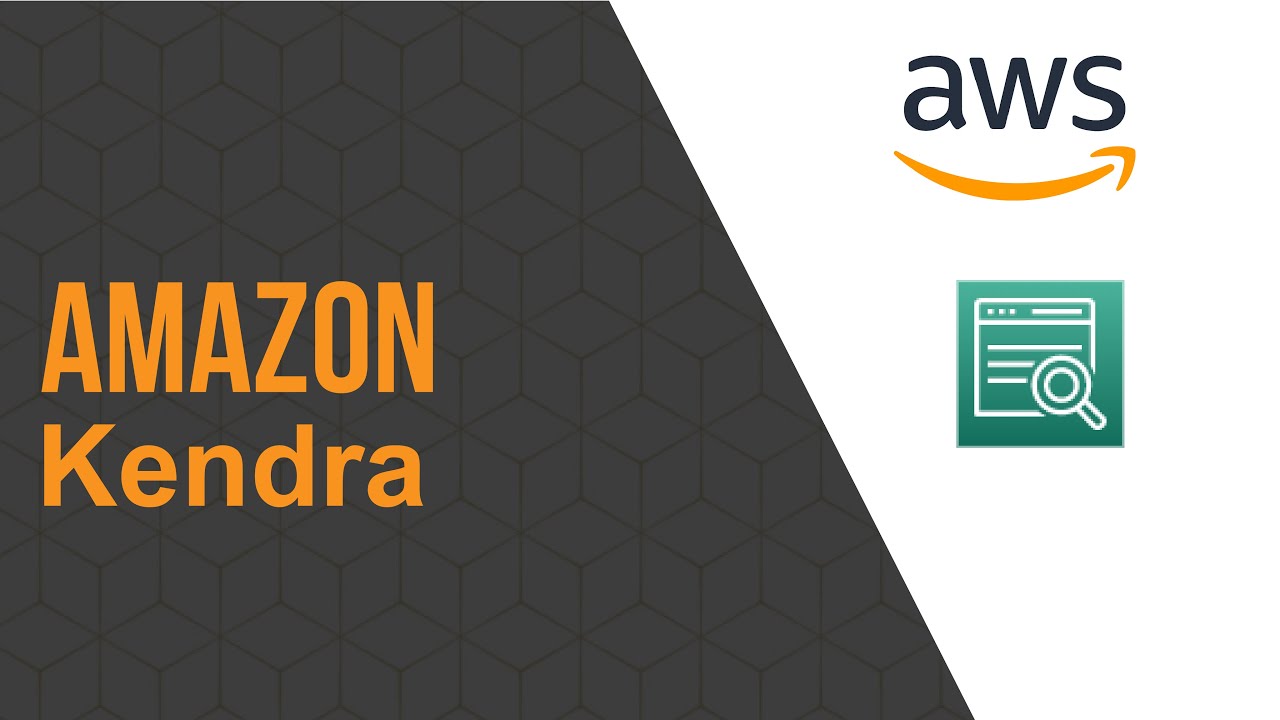Demystifying Amazon Kendra: A Simple Guide to Unlocking its Power in AWS
 Sumit Mondal
Sumit Mondal
Introduction:
In the vast landscape of AWS services, Amazon Kendra stands out as a powerful tool for enhancing search capabilities within your applications. Whether you're a developer, data scientist, or business professional, understanding how to leverage Amazon Kendra can significantly improve the efficiency of your workflows. In this blog post, we'll explore the basics of Amazon Kendra and guide you through its practical usage with easy-to-follow examples.
What is Amazon Kendra? Amazon Kendra is an intelligent search service powered by machine learning, designed to deliver more accurate and efficient search results. It enables users to search across various data sources, such as documents, FAQs, and databases, using natural language queries.
Getting Started: To begin using Amazon Kendra, follow these simple steps:
Set Up an Amazon Kendra Index:
Log in to your AWS Management Console.
Navigate to the Amazon Kendra service.
Create a new index by specifying the data sources you want to include.
Define Data Sources:
Amazon Kendra supports various data sources, including Amazon S3, SharePoint, and databases like Amazon RDS.
Connect your data sources to Amazon Kendra to facilitate seamless search across these repositories.
Configure Indexing:
Specify how Amazon Kendra should index your data, including file formats, document metadata, and access permissions.
Configure the frequency of indexing to keep your search results up to date.
Using Amazon Kendra in Your Application: Now that you have set up your Amazon Kendra index, let's dive into using it in your application.
Search Queries:
Utilize the Search API to implement search functionality in your application.
Pass natural language queries to Amazon Kendra, and it will return relevant results based on its understanding of the content.
import boto3
client = boto3.client('kendra', region_name='your-region')
response = client.query(
QueryText='How does Amazon Kendra work?',
IndexId='your-index-id'
)
print(response['ResultItems'])
Query Suggestions:
Enhance user experience by providing query suggestions as users type.
Utilize the
SuggestAPI to fetch suggestions from Amazon Kendra.
response = client.suggest(
IndexId='your-index-id',
QueryText='How'
)
print(response['SuggestedQuerySuggestions'])
Displaying Results:
- Extract and display relevant information from the search results in your application.
for result in response['ResultItems']:
print(f"Document Title: {result['DocumentTitle']['Text']}")
print(f"Excerpt: {result['Text']['Highlights'][0]}")
print("--------------")
Advanced Features:
FAQs and Question-Answering:
- Leverage Amazon Kendra's ability to handle FAQs and answer specific questions.
response = client.query(
QueryText='What are the benefits of AWS Lambda?',
IndexId='your-faq-index-id'
)
print(response['ResultItems'])
Conclusion:
Amazon Kendra is a game-changer in the realm of intelligent search services within AWS. By following the steps outlined in this guide, you can seamlessly integrate Amazon Kendra into your applications, providing users with a more intuitive and efficient search experience. Experiment with the various features and unlock the full potential of Amazon Kendra to enhance your workflows and drive productivity.
Subscribe to my newsletter
Read articles from Sumit Mondal directly inside your inbox. Subscribe to the newsletter, and don't miss out.
Written by

Sumit Mondal
Sumit Mondal
Hello Hashnode Community! I'm Sumit Mondal, your friendly neighborhood DevOps Engineer on a mission to elevate the world of software development and operations! Join me on Hashnode, and let's code, deploy, and innovate our way to success! Together, we'll shape the future of DevOps one commit at a time. #DevOps #Automation #ContinuousDelivery #HashnodeHero